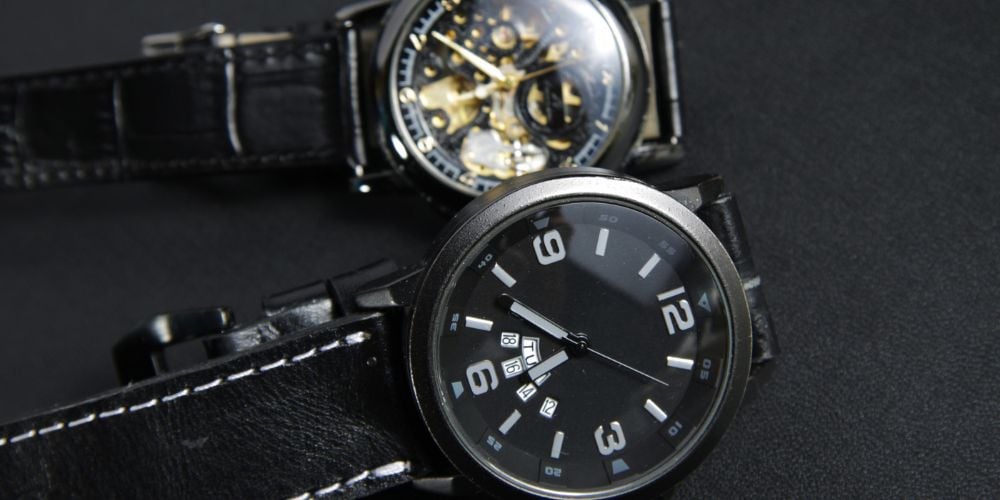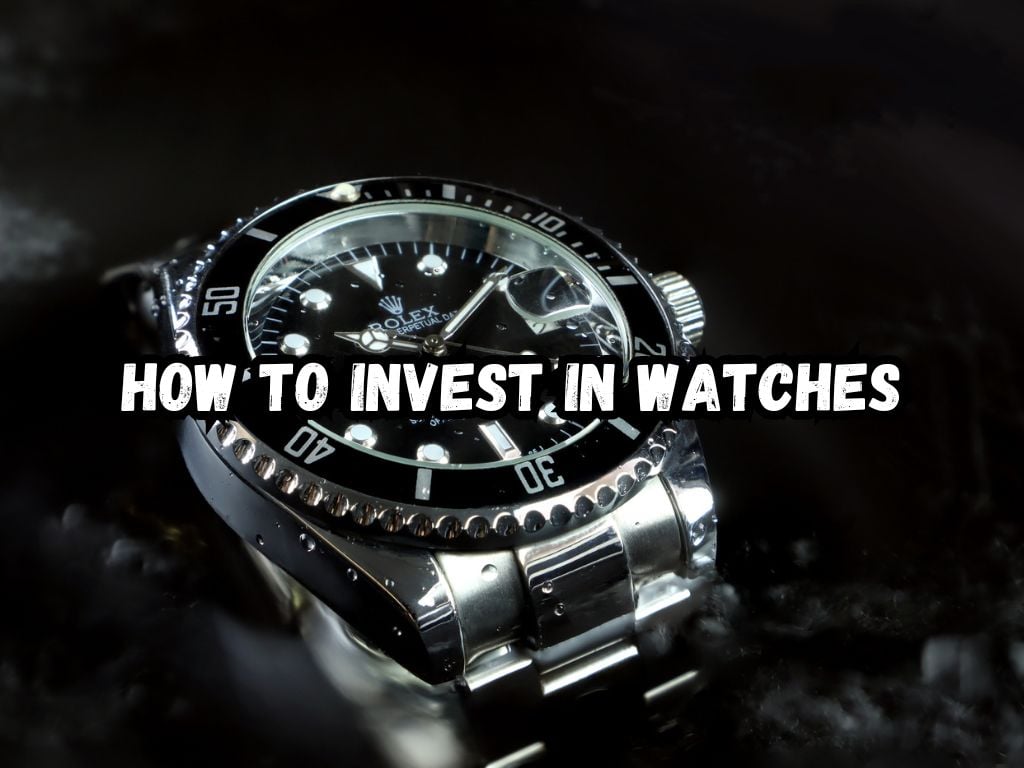Investing in watches combines passion with foresight, offering more than just a monetary return. It delves into an appreciation of craftsmanship, history, and the subtle art of luxury.
This guide outlines the process of how to invest in watches, covering the nuances of the market, steps to start, and how to avoid common pitfalls.
Understanding the Watch Market
The market for luxury watches is robust, driven by factors beyond mere timekeeping. Watches convey status, craftsmanship, and are often seen as a work of art.
Brands with storied histories like Rolex and Patek Philippe hold significant appeal due to their reputation, rarity, and demand.

The Appeal of Luxury Watches
Luxury watches stand out for their durability and craft. They symbolize status and often carry historical significance. Unlike mainstream watches, luxury timepieces are valued for their mechanical precision, aesthetic design, and the legacy of the brand.
Knowing What Makes a Watch Valuable
A valuable watch is often defined by its brand heritage, scarcity, and market demand. High-end brands with a long history typically have a greater chance of appreciating in value.
Limited edition models or those with historical significance are particularly coveted.
How to Invest in Watches?
Start with Research
Familiarity with the landscape is crucial. This means studying various brands, models, and understanding what collectors seek.
Participate in forums, read auction reports, and listen to experts to gain a grounded perspective.
Set a Budget
Budgeting is critical not just for the initial purchase but also for ongoing upkeep, including regular maintenance and insurance. Investors should decide on a budget that encompasses all these aspects.
Identifying Investment-Worthy Watches
While brands like Rolex and Patek Philippe have a track record of value appreciation, limited edition models and watches with a unique history are also worth considering.
It’s not just about the brand but the story and scarcity of the piece.
Where to Buy Investment Watches
Purchasing from authorized dealers offers authenticity but comes with a higher price tag.
Secondary markets can present better deals but require diligence in verifying the condition and authenticity of the watch.
Maintaining Your Investment
Regular maintenance by a certified professional is essential. Retaining the original packaging and documentation can significantly enhance the resale value.
Storage should also be a consideration, with watches kept in a controlled environment.
Advanced Investing Tips
Diversifying Your Watch Portfolio
A varied portfolio can mitigate risk. This includes mixing both modern and vintage pieces and spreading investments across different brands and price points.
Monitoring the Market
Staying informed on market trends can signal the right time to buy or sell. Understanding these dynamics is essential for timing the market effectively.
Networking with Other Collectors
Engaging with a community of watch enthusiasts can offer insights into emerging trends and potential investment opportunities. Watch forums, clubs, and auctions are valuable resources.
Common Pitfalls to Avoid
Investing in watches without adequate research or succumbing to impulse purchases based on current trends can lead to poor decisions.
Overlooking maintenance or overestimating the resale value can also impact the investment negatively.

Pros and Cons of Watch Investing
Investing in watches offers the tangible pleasure of owning a piece of art and history, with the potential for significant financial appreciation.
However, it requires a considerable initial outlay, ongoing maintenance, and comes with the risk of market volatility.
Pro Tips
Quality should always take precedence over quantity. Emerging brands showing potential for growth can be a smart addition to a diverse portfolio.
Keeping detailed records of every transaction is crucial for tracking the investment’s performance.
Frequently Asked Questions
Is watch investing suitable for beginners?
Yes, with thorough research and a cautious approach, even beginners can make informed investments in the watch market.
How much money do I need to start investing in watches?
The initial amount can vary widely depending on the brand and model. However, starting with smaller investments in less expensive pieces can be a prudent approach.
What are the best books or resources to learn about watch investing?
Numerous books and online resources cover the intricacies of watch investing. Websites dedicated to watch enthusiasts, forums, and auction reports are also valuable sources of information.
How do I insure my watch investment collection?
Speak to insurance providers that specialize in valuables or collectibles. They can offer tailored insurance solutions based on the value of your collection.
Can digital watches be considered for investment purposes?
While traditional mechanical watches are typically preferred, certain digital watches, especially limited edition models, can appreciate in value.
Conclusion
Investing in watches blends passion with practicality. It requires a balanced approach, combining thorough research, strategic purchasing, and careful maintenance. While not without risks, the potential rewards go beyond financial gain, offering a connection to history and craftsmanship.
Investing in watches is an art and science, requiring knowledge, patience, and an eye for detail. By understanding the market, making informed choices, and avoiding common pitfalls, one can navigate the complex terrain of watch investing successfully.


 Tags:
Tags:










